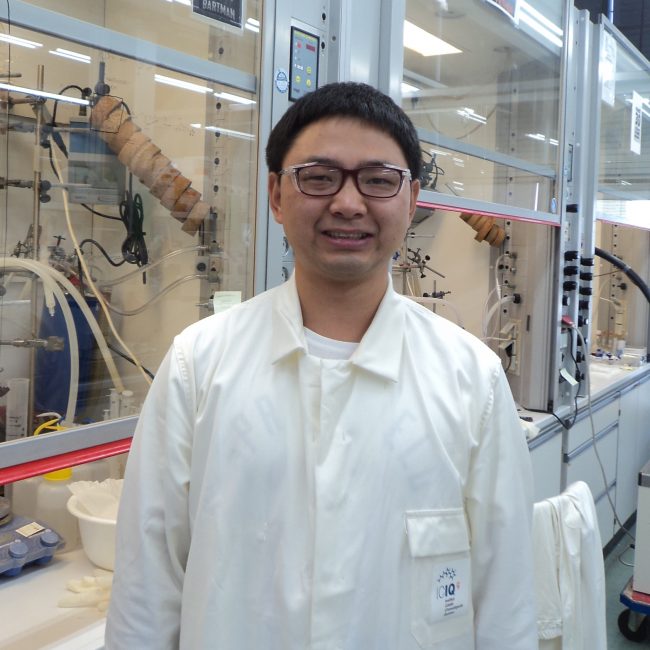The 2nd International Forum for Outstanding Overseas Young Scholars
Fuzhou University, December 23-26, 2017, Fuzhou, China

From 01/07/2016 to
30/06/2018
During the last decade, homogeneous gold catalysis has witnessed rapid growth for C–C bond forming reactions mainly due
to the soft carbophilic Lewis acid properties of gold complexes toward C–C triple bonds. Compared to Lewis acids and other
transition metals, gold catalysts are very active under mild conditions, can tolerate moisture and oxygen and are compatible
with diverse functional groups. Gold catalyzed tandem and multi-component reactions allow the efficient transformation of
simple starting materials in complex molecules, which have been used for the synthesis of numerous biologically active
targets. GOLDCLUSTER aims at advancing the field of gold chemistry by the development of new superelectrophilic small
gold (I) clusters (Au3, Au6 and Au8). These complexes will be used as catalysts in the retro-Büchner reactions of
cycloheptatrienes to form in situ gold carbenes, leading to the formation of complex molecules using milder conditions (lower
reaction temperature, more efficient catalysts, and better yields). In addition, the new catalysts will also be tested in the
catalytic activation of small molecules, such as methane. GOLDCLUSTER will contribute greatly to the advancement of gold
chemistry by exploring new directions in the area and providing new tools to further enhance the development of efficient
synthetic methods that could be later adapted by the Chemical Industry, making the European economy more competitive
and better aligned with the Horizon2020 growth strategy.
![]() This project has received funding from the European Union’s Horizon 2020 research and innovation program under grant agreement 702524
This project has received funding from the European Union’s Horizon 2020 research and innovation program under grant agreement 702524
Fuzhou University, December 23-26, 2017, Fuzhou, China
Huazhong Agricultural University, May 11-13, 2018, Wuhan, China.